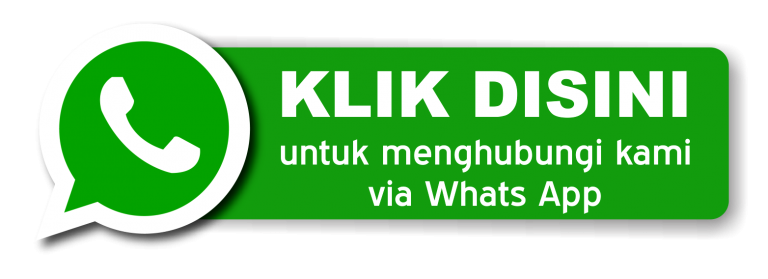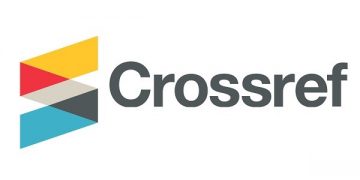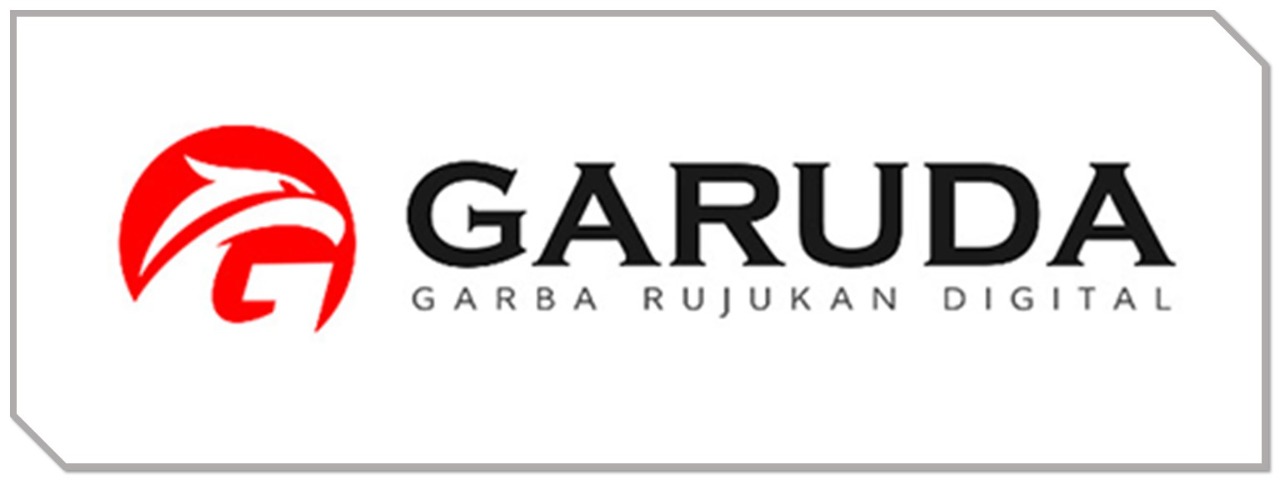Optimalisasi Manajemen Sumber Daya Manusia sebagai Kunci Peningkatan Mutu Pendidikan
DOI:
https://doi.org/10.61722/jaem.v2i2.5319Keywords:
Human Resource Management, Quality, EducationAbstract
The implementation of Human Resource Management (HRM) can be interpreted as a structured strategy to manage the workforce so that organizational goals are achieved. Along with that, improving the quality of education is a systematic effort to improve every aspect of the learning process. This study aims to review how HRM is implemented at SMPN 4 Jombang, evaluate the quality of education there, and analyze the contribution of HRM in improving the quality of education at the school. To achieve this goal, this study adopts a qualitative approach with a case study type. Data collection was carried out through observation, interviews, and documentation, then analyzed through the stages of data reduction, data presentation, and drawing conclusions. The validity of the data was also validated by triangulation of sources, time, and techniques. The results of the study indicate that (1) SMPN 4 Jombang implements HRM comprehensively through the functions of planning, organizing, implementing, and controlling, reflecting a strong commitment to the quality of human resources. (2) The implementation of Total Quality Management (TQM) in this school focuses on students and parents, involves all parties, and uses standardized processes, periodic reflection, and data-based decision making for continuous quality improvement. (3) HR at SMPN 4 Jombang effectively manages input, process, and output of education, ensures teacher competency development, encourages learning innovation, and achieves student achievement targets. In short, HR at SMPN 4 Jombang is a vital foundation in realizing superior education.
References
Aziz, A. A. (2023). Manajemen Sumber Daya Manusia dalam Peningkatan Kinerja Tenaga Perpustakaan. Jurnal Manajemen Pendidikan Islam, 5(2), 196.
Aziz, A. A. (2024). Manajemen Sumber Daya Manusia Dalam Peningkatan Profesionalisme Kinerja Guru. Journal Education Curiosity, 8, 573.
Creswell, J. W. (2009). Research Desaign: Qualitative, Quantitative, and Mixed Methods Approaches. Sage.
Departemen Agama RI. (2006). Al-Qur’an Dan Terjemahanya, Lajnah Pentashih Al-Qur’an. Menara Qudus.
Handoko, T. H. (2012). Manajemen Sumber Daya Manusia dan Personalia. BPFE.
Kurniadin, D., Asy’ariyah, I., Hunaidah, Hariani, E., Fitriah, Abdurrohim, S., Sibaweh, I., Hidayaturrohman, N., Windiani, R. I., Hidayat, Y., & Abdilah, R. (2024). Pengantar Manajemen Pendidikan. Intake Pustaka Publisher.
Kusuman, D. H. (8 C.E.). Strategi Manajemen Sumber Daya Manusia Dalam Peningkatan Mutu Pendidikan. Jurnal Kependidikan Dan Sosial Keagamaan, 2(2022), 344.
Ramayanti, A. (2023). Strategi Manajemen Sumber Daya Manusia dalam Peningkatan Mutu Pendidikan. Jurnal Penelitian Dan Pemikiran Keislaman, 10(2), 131.
Riyadi, A. A., & Fahrurrozi. (2025). Total Quality Management in Education (Manajemen Mutu Pendidikan Terpadu) oleh Edward Sallis. IRCiSoD.
Sugiyono. (2019). Metode Penelitian Kuantitatif Kualitatif dan R&D. Alfabeta.
Suryabrata, S. (2011). Metodologi Penelitian. Pustaka Setia.
Terry, G. R. (2010). Dasar-dasar Manajemen. PT Bumi Aksara.
Tim Penyusun. (2017). Buku Pedoman Penulisan Skripsi Edisi Revisi. Tebuireng Fakultas Agama Islam UNHASY Tebuireng Jombang.













